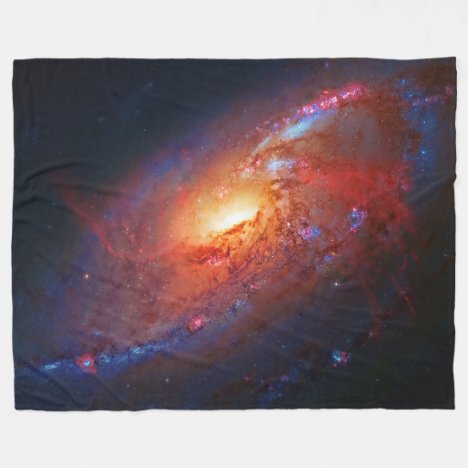Galaxies, Stars and Nebulae series: A clash among members of a famous galaxy quintet reveals an assortment of stars across a wide color range, from young, blue stars to aging, red…
There are advances being made almost daily in the disciplines required to make space and its contents accessible. This blog brings together a lot of that info, as it is reported, tracking the small steps into space that will make it just another place we carry out normal human economic, leisure and living activities.
Saturday, 13 May 2017
Precision control of superconductivity in atomic layers using magnetic molecules
more »
A research team has succeeded in precisely controlling the transition temperature of atomic-scale-thick superconductors using magnetic organic molecules. The team also identified the control mechanism.
via Science Daily
A research team has succeeded in precisely controlling the transition temperature of atomic-scale-thick superconductors using magnetic organic molecules. The team also identified the control mechanism.
via Science Daily
Planet Aurora
more »
 What bizarre alien planet is this? It's planet Earth of course, seen from the International Space Station through the shimmering glow of aurorae. About 400 kilometers (250 miles) above Earth, the orbiting station is itself within the upper realm of the auroral displays. Aurorae have the signature colors of excited molecules and atoms at the low densities found at extreme altitudes. Emission from atomic oxygen dominates this view. The eerie glow is green at lower altitudes, but a rarer reddish band extends above the space station's horizon. Also visible from the planet's surface, this auroral display began during a geomagnetic storm. The storm was triggered after a coronal mass ejection impacted Earth's magnetosphere in June of 2015.
What bizarre alien planet is this? It's planet Earth of course, seen from the International Space Station through the shimmering glow of aurorae. About 400 kilometers (250 miles) above Earth, the orbiting station is itself within the upper realm of the auroral displays. Aurorae have the signature colors of excited molecules and atoms at the low densities found at extreme altitudes. Emission from atomic oxygen dominates this view. The eerie glow is green at lower altitudes, but a rarer reddish band extends above the space station's horizon. Also visible from the planet's surface, this auroral display began during a geomagnetic storm. The storm was triggered after a coronal mass ejection impacted Earth's magnetosphere in June of 2015.
Zazzle Space Gifts for young and old
 What bizarre alien planet is this? It's planet Earth of course, seen from the International Space Station through the shimmering glow of aurorae. About 400 kilometers (250 miles) above Earth, the orbiting station is itself within the upper realm of the auroral displays. Aurorae have the signature colors of excited molecules and atoms at the low densities found at extreme altitudes. Emission from atomic oxygen dominates this view. The eerie glow is green at lower altitudes, but a rarer reddish band extends above the space station's horizon. Also visible from the planet's surface, this auroral display began during a geomagnetic storm. The storm was triggered after a coronal mass ejection impacted Earth's magnetosphere in June of 2015.
What bizarre alien planet is this? It's planet Earth of course, seen from the International Space Station through the shimmering glow of aurorae. About 400 kilometers (250 miles) above Earth, the orbiting station is itself within the upper realm of the auroral displays. Aurorae have the signature colors of excited molecules and atoms at the low densities found at extreme altitudes. Emission from atomic oxygen dominates this view. The eerie glow is green at lower altitudes, but a rarer reddish band extends above the space station's horizon. Also visible from the planet's surface, this auroral display began during a geomagnetic storm. The storm was triggered after a coronal mass ejection impacted Earth's magnetosphere in June of 2015.Zazzle Space Gifts for young and old
Spiral Galaxy M106 in Canes Venatici Fleece Blanket
Galaxies, Stars and Nebulae series: A fabulous fleece blanket with sleepful image. Messier 106 (also known as NGC 4258) is a spiral galaxy in the constellation Canes Venatici. It…
NASA Denies Trump’s Request to Send Astronauts Past the Moon on New Rocket
more »
The agency announced that adding astronauts to the mission would have cost $600 to $900 million and required significantly more work and time.
via New York Times
The agency announced that adding astronauts to the mission would have cost $600 to $900 million and required significantly more work and time.
via New York Times
Subscribe to:
Comments (Atom)

